If you’re eating, then stop before reading this article about vent gleet.
It’s actually the photos of backyard chickens that’ll turn you off, not really the content. But you’ve been warned that there’s some super yummy photos ahead.
(You can help hens with vent gleet by giving them apple cider vinegar. You can learn to make it yourself with the video below. Click here to buy and get instant access.)

Table of Contents (Quickly Jump To Information)
Okay, so what is vent gleet?
I’m glad you asked.
But before we get started let’s get this out of the way: I’m not a vet. I’m sharing information from my experience as well as insights I’ve gotten from veterinarians.
This information is not meant to treat, diagnose, or remedy any illnesses. It’s for informational purposes only since every chicken is an individual.
If your chicken is sick, please take it to the vet and get their professional opinion before proceeding with any of the below information. You can print out this article and bring it with you.
Moving on.
Vent gleet definition
Vent Gleet is the lay term for Cloacitis, which basically means non-specific inflammation of the cloaca. ← Veterinary Definition
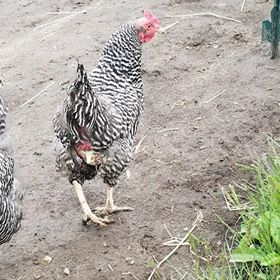
The hen above – a heritage barred rock, is displaying signs of vent gleet. Note the white discharge on her vent.
In reality, what I’ve experienced is that vent gleet is usually a bacterial or fungal infection that causes irritation to the vent, and usually is accompanied by white/yellowish discharge. (It’s similar to bumblefoot in that it’s inflammation caused by a bacterial or fungal infection – except you’ll likely treat vent gleet differently.)
It’s nasty, messy, and stinky, and for the sake of this article, that’s the definition of vent gleet that we’re going with. In chronic cases, it can cut short your chicken’s life span.
Not treated, it can make egg laying and eventually eliminating waste very uncomfortable for your hens (or leave you with bad eggs), and eventually they might just stop laying altogether.
Usually when a reader contacts me about vent gleet, their hens have gotten to the “nasty yellow discharge” stage, but vent gleet can also be identified by:
- Feathers getting stuck or pasted to the vent
- Mild to thick discharge from the vent (there ideally should be NO discharge at all in a healthy chicken)
- A bad odor
- A decrease in egg production
- And/or a dull appearance
Basically, we’re talking about either a bacterial or fungal infection here. In most cases I’ve been contacted about, it’s been a fungal infection similar to thrush.
Ideally, you would want to get the discharge tested to know whether it’s bacterial or fungal. You can take a scraping to a vet and get their professional opinion, and treat from there.
But, of course, I realize that’s not always an option.
Now that we know what vent gleet is, what can you do about it?
The first thing you want to do is isolate the hen. Vent gleet is usually not communicable, but you don’t want the chicken getting dirty/reinfecting herself while you’re trying to help her. Isolating her in a clean area outside of the chicken coop will help her get healthier faster.
It’ll also prevent your chicken from trying to fly away as you provide treatment.
If you don’t want to bring her into the house, you can always add an extra “sick bed” area – it’s an easy thing to add and include in your coop design.
You will want to clean the vent off with warm water, using a gentle, non-irritating soap (such as an all-natural baby soap or castile soap) or just warm water if you feel that soap isn’t needed.
If there’s some feathers (or down, in the case of Silkie chickens) that won’t come clean, it’s okay to gently snip them.
You can also use castile soap with an essential oil such as oregano to help clean the area.
Clean off any poop, dry skin, or build up. Apply a commercial or all-natural antibacterial solution to keep inflammation or any sort of secondary topical infection at bay.
If it’s bad enough, there might be broken skin, and you don’t want another bacteria getting in there and complicating things.
1 drop of helichrysum essential oil mixed with 1/4 cup coconut oil helps maintain healthy skin as well.
Vent gleet treatment options
I’m going to give 2 approaches for vent gleet here: The pharmaceutical approach and the all-natural approach.
Why?
Because on our farm, when an animal is sick enough, we will go with pharmaceuticals to knock out the problem ASAP. Some natural methods take longer to see results, and there are times when we aren’t willing to wait for the safety, comfort, and quality of life of the animal.
But I know some of my readers want to be 100% natural all the time.
Pharmaceutical options
You can ask your vet to prescribe an antibiotic if you think the infection is bacterial. Follow your vet’s directions for dosages, administering, etc.
You can apply over-the-counter antifungal cream topically to the vent area, using daily until the infection is cleared up. Double check with your vet about how/where specifically to apply the antifungal cream.
Please note that antibiotics won’t necessarily treat a fungal infection. I’ve seen some websites that indicate they will, but it’s unlikely.
You should also double check withdrawal times, since you won’t want to eat any eggs they might lay while you’re treating them.
The All-Natural Approach
One of the reasons vent gleet occurs is when the pH of the vent goes askew. You can help your chicken maintain good gut health by providing apple cider vinegar (1 tbsp per gallon of water).
You can also entice your chicken to eat greek yogurt with active cultures. Any woman who has had to eat yogurt while on antibiotics understands how it can help combat fungal infections.
To help your chicken maintain good gut health, you can also provide fermented feed.
The length of time it takes a chicken to return to normal after getting vent gleet will differ from chicken to chicken.
Maat van Uitert is a backyard chicken and sustainable living expert. She is also the author of Chickens: Naturally Raising A Sustainable Flock, which was a best seller in it’s Amazon category. Maat has been featured on NBC, CBS, AOL Finance, Community Chickens, the Huffington Post, Chickens magazine, Backyard Poultry, and Countryside Magazine. She lives on her farm in Southeast Missouri with her husband, two children, and about a million chickens and ducks. You can follow Maat on Facebook here and Instagram here.

![Raise Mealworms, Red Wrigglers, & Crickets (And Save Money) [Podcast]](https://thefrugalchicken.com/wp-content/uploads/2016/03/mealworms-for-chickens-feature-min.jpg)
![The Deal With Dust Bathing + Recipes! [Podcast]](https://thefrugalchicken.com/wp-content/uploads/2016/09/dust-bath-podcast-min.jpg)
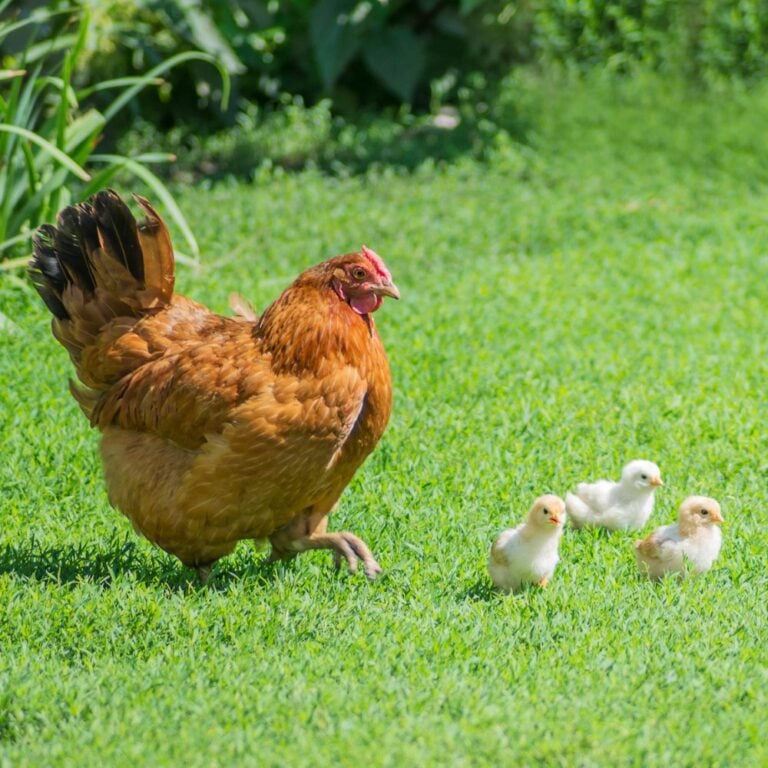
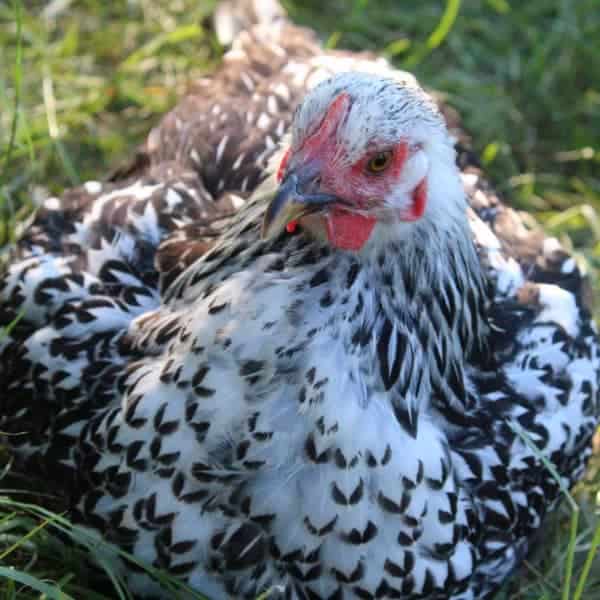
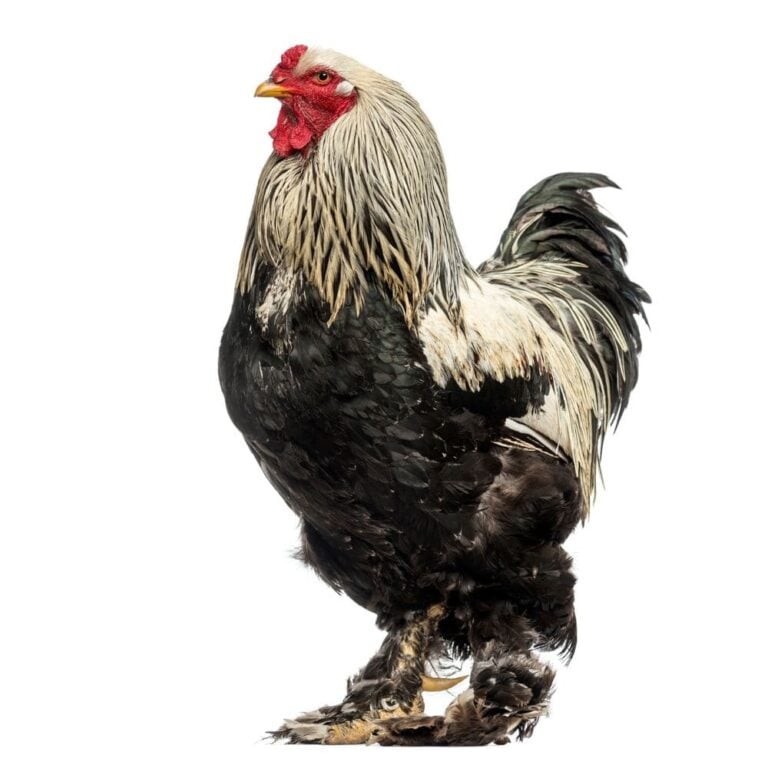
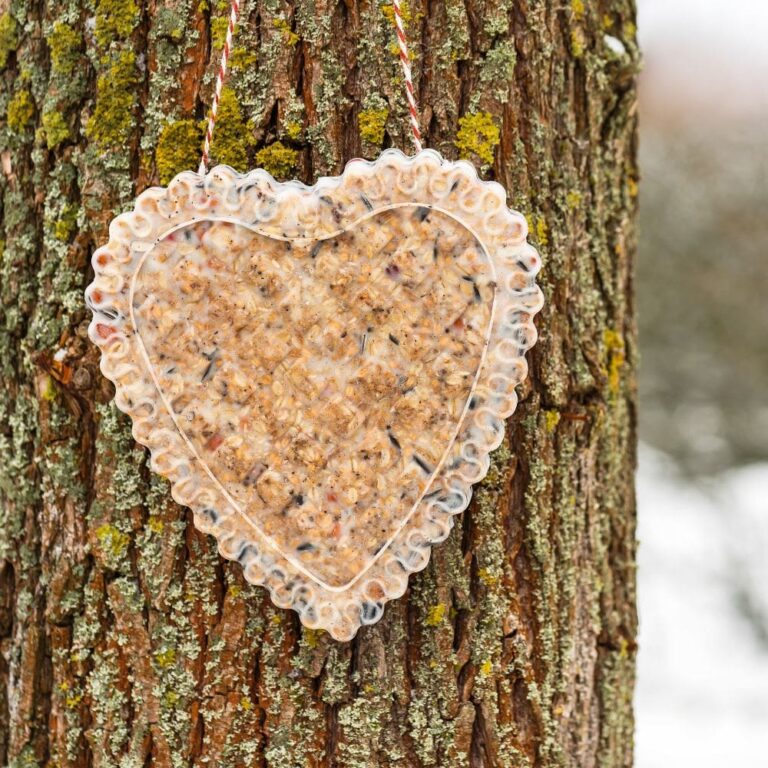
Thank You!!
My chickens don’t have this problem, and I want to make sure they don’t. I should add the ACV to drinking water, and how often do they get The yougart? Just plain Greek yougart?